Have any questions?
+44 1234 567 890
M. Sc. David Kotwica
Institute of Chemistry
University of Rostock
Albert-Einstein-Str. 25
18059 Rostock
Department Life, Light and Matter
Email: David.Kotwica@uni-rostock. de
Phone: +49 381 498-8981 (office) -8914 (lab)
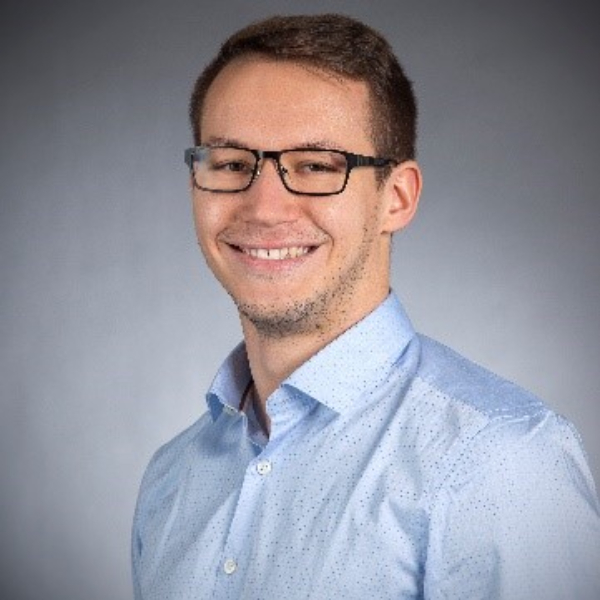
Education and Qualifications:
2006 – 2014 Fritz-Reuter-Gymnasium, Dannenberg
2014 – 2017 Bachelor of Science in Chemistry, University of Rostock
2017 – 2019 Master of Science in Chemistry, University of Rostock
2019 – present Ph.D. student in the Group of Prof. Dr. Ralf Ludwig, University of Rostock
Additional Employment:
Auxiliary research assistant in the group of Prof. Dr. Ralf Ludwig
Ph.D. (Investigation of the catalytic reduction of carbon dioxide)
- In situ IR-spectroscopy in catalysis
- IR-SEC (IR-Spectroelectrochemistry)
Description of the project and collaborations:
Investigation of mechanisms and kinetics of the catalytic reduction of carbon dioxide using different IR spectroscopical setups and quantum computational calculations.
- Collaborations:
Currently we are investigating different types of pyridine-thiazoline based manganese tricarbonyl catalysts for the CO2 reduction in close collaboration with Hilario Huerta from the Junge Group (LIKAT).
- Brief insight into a recent experiment and calculations:
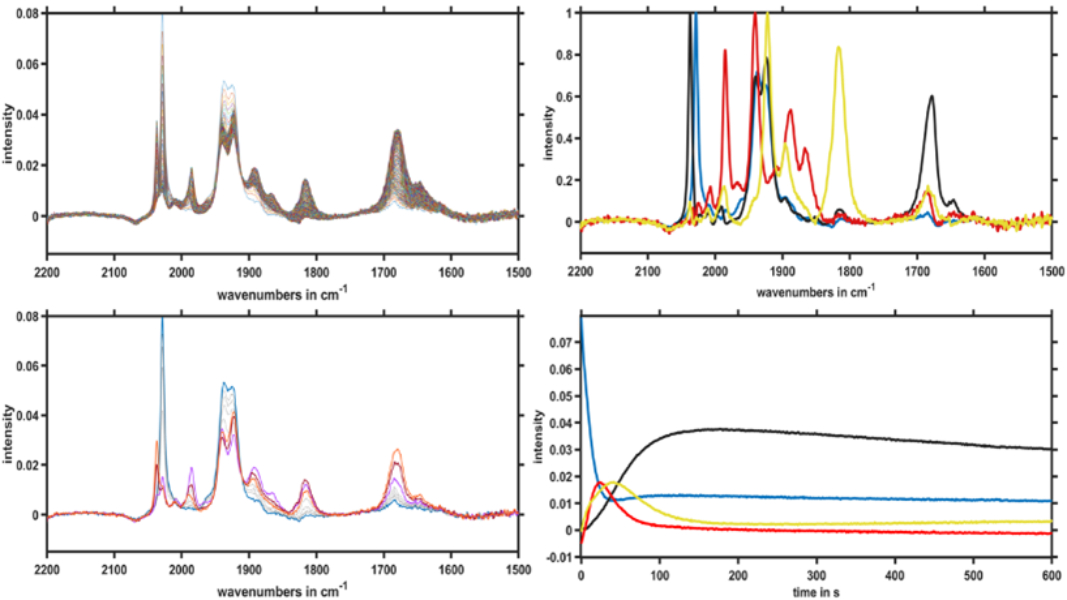
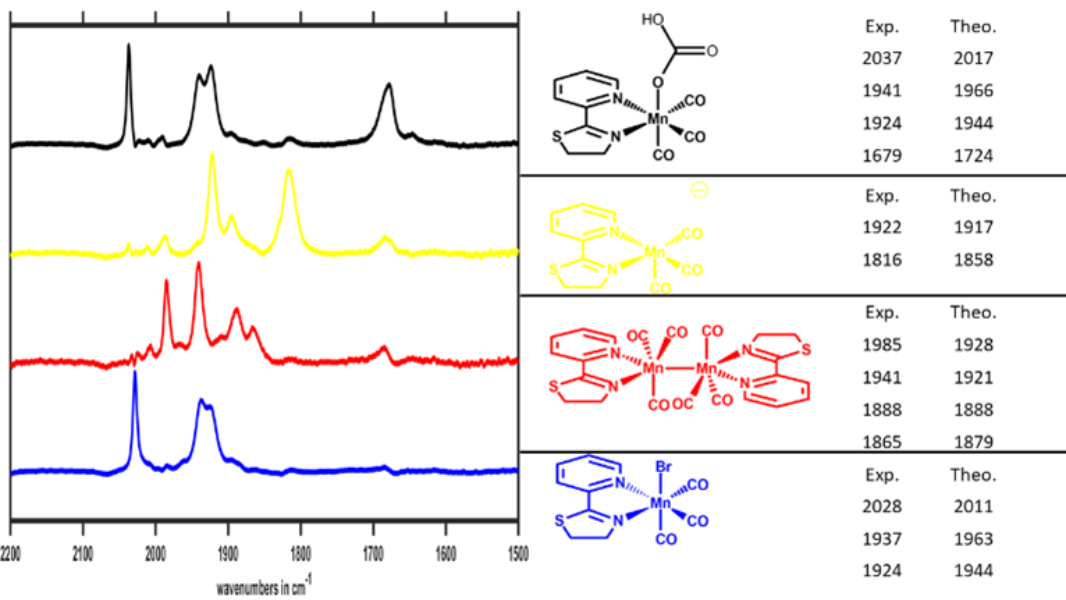
Impressions from the laboratory:
- IR-SEC setup:
Including a Vertex 80 IR-spectrometer with a reflection unit based on the work of Kubiak et al. [1] On the top of the reflection unit is a liquid cell attached, in which the 3 electrodes are incorporated. A platinum counter electrode, a silver pseudo reference electrode and a glassy carbon working electrode. The electrodes are connected via the EmStat 3+ potentiostat.

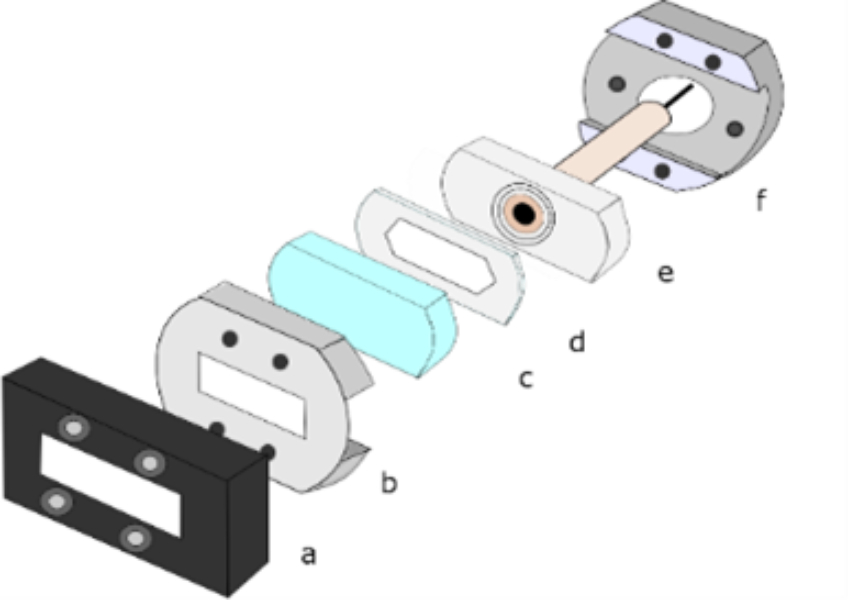
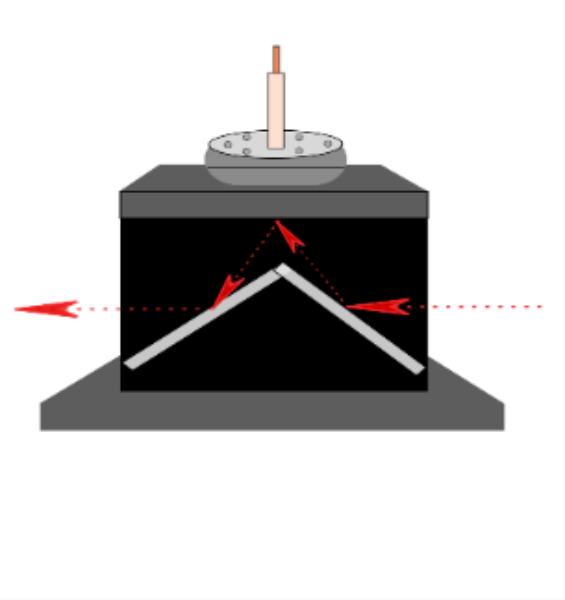
- In situ IR setup for the photocatalytic investigations:
Including a Tensor 27 with liquid cell coupled to micro annular gear pump, transporting the reaction solution to the probe chamber.
The attached gas burette can be coupled to the reaction chamber in order to follow volumetric changes over the course of the experiment.
For irradiation a Lumatec Superlite 400 UV/Vis lamp is used.
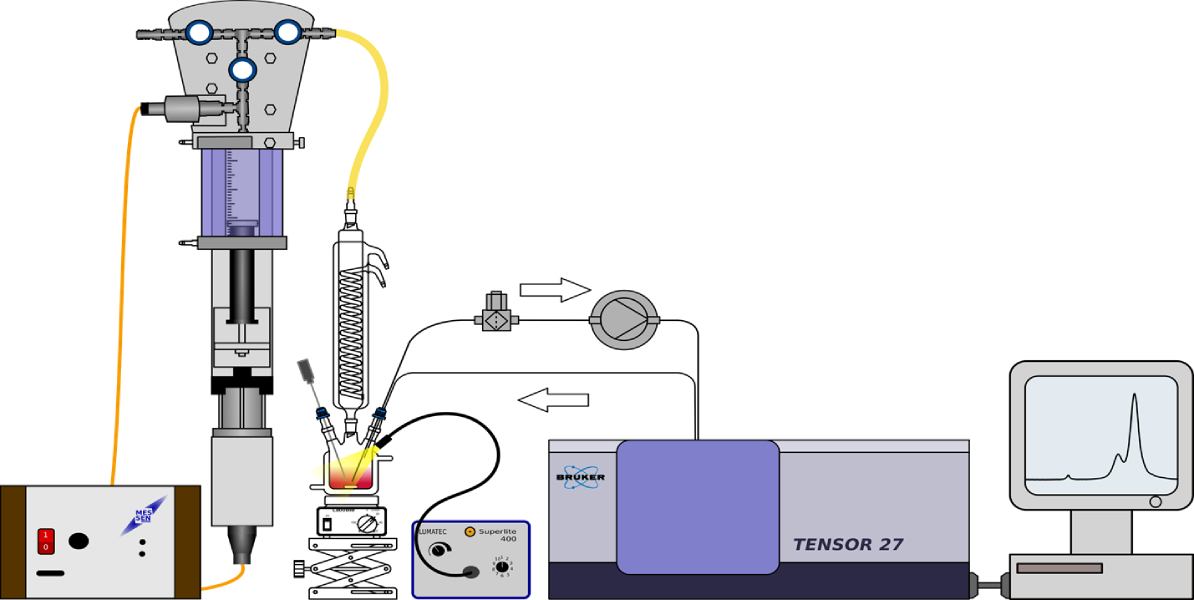
[1] I. S. Zavarine, C. P. Kubiak, Journal of Electroanalytical Chemistry 2001, 495, 106–109.
© Fig./Photo Kotwica